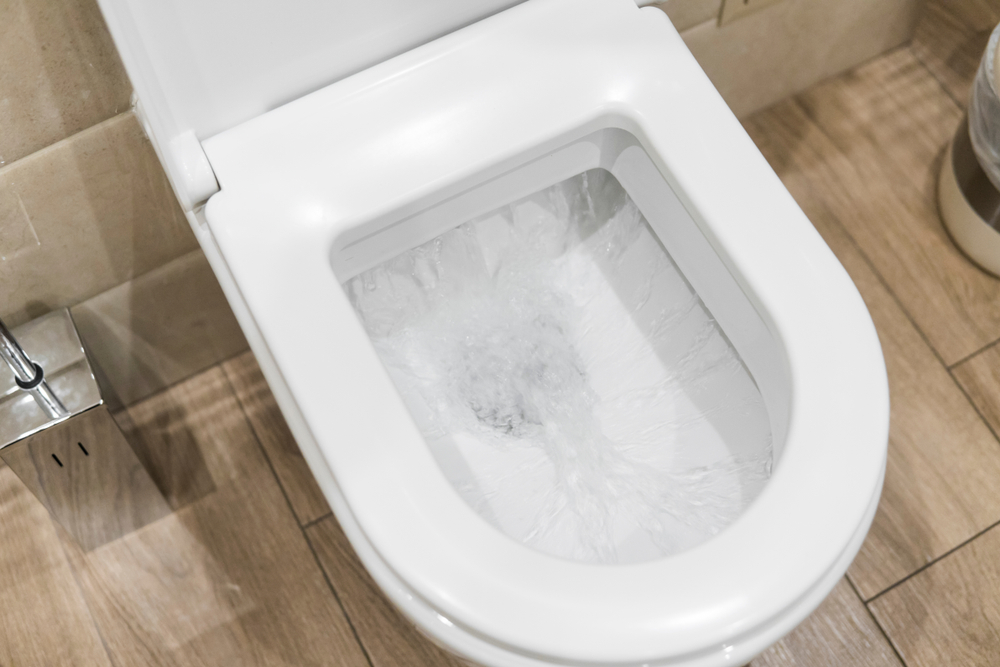Are you tired of dealing with a clogged toilet? It’s a frustrating and unpleasant experience that can happen to anyone. But don’t worry; we’ve got you covered. In this comprehensive guide, we’ll cover everything you need to know about unblocking a toilet. We’ve got everything from the most common causes of clogs to the most effective tools and techniques for unclogging your toilet. So let’s get started!
Table of contents
Common Causes of Toilet Clogs
Before we dive into how to fix a clogged toilet, it’s essential to understand what can cause a toilet to become blocked in the first place. Here are some of the most common causes:
Flushing the Wrong Items
One of the most common causes of toilet clogs is flushing the wrong items down the toilet. This can include things like baby wipes, feminine hygiene products, and paper towels. These items can get stuck in the pipes and create a blockage.
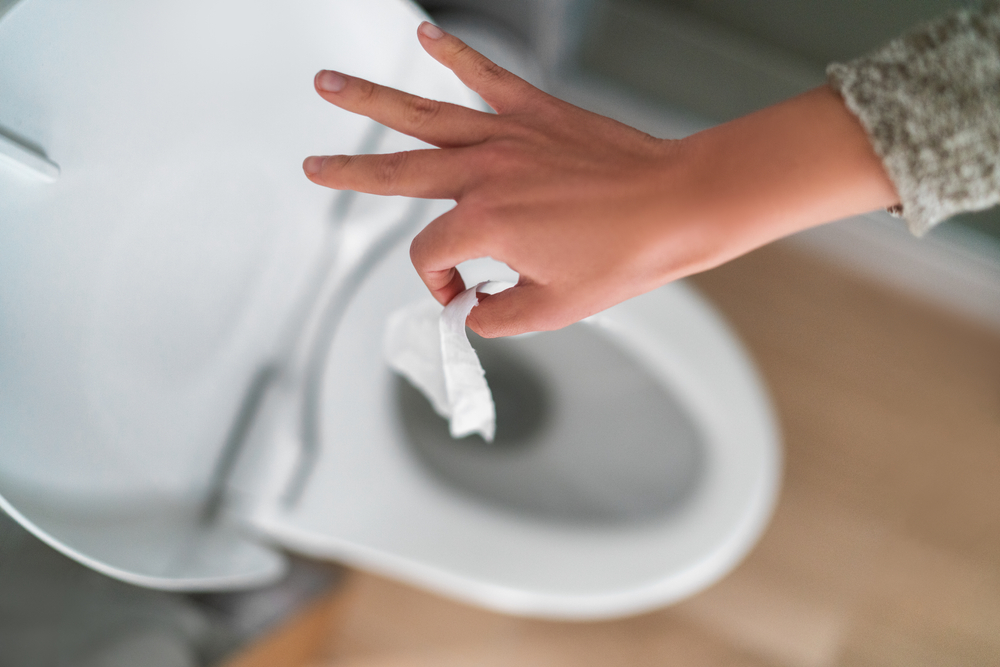
Hard Water Buildup
Have you ever heard of hard water? It’s when your water has a lot of minerals like calcium and magnesium in it. Over time, these minerals can build up in your pipes and make it harder for stuff to pass through. This can lead to clogs in your toilet! So it’s important to take care of hard water buildup before it becomes a real pain in the butt. One way to do this is by installing a water softener, which can remove those minerals and make sure everything keeps flowing smoothly.

Low-Flow Toilets
Did you know that low-flow toilets are designed to save water? It’s pretty cool. The only downside is that they can sometimes be a little more prone to clogging. Here’s why: since they use less water to flush, sometimes waste can have a harder time through the pipes. But don’t worry; if you follow the tips in this guide, you can keep your low-flow toilet running smoothly!

Flushing Large Amounts of Toilet Paper
Flushing a lot of toilet paper at once can actually cause clogs in your toilet! This is especially true if you have a low-flow toilet. Since these toilets use less water to flush, they might have a more challenging time removing a big wad of toilet paper. So, try to flush only a little bit of toilet paper at a time, and you should be good to go!
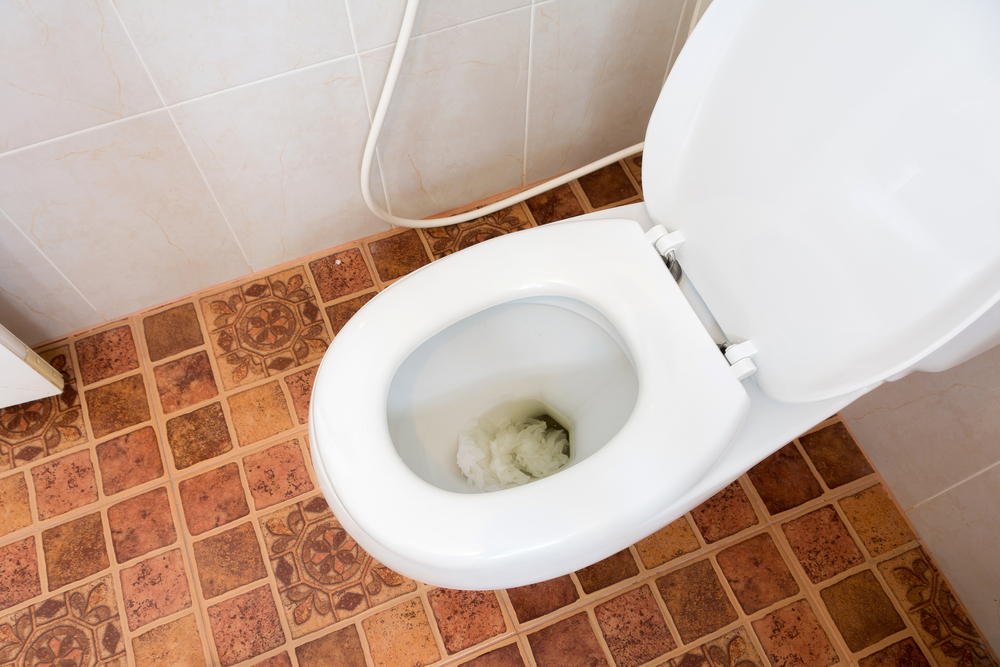
Tools You’ll Need
Before you start unclogging your toilet, you’ll need to gather some tools. Here’s what you’ll need:
- Plunger: A plunger is the most common tool used for unclogging toilets. Make sure you get a toilet plunger, as they are designed specifically for this purpose.
- Toilet Auger: A toilet auger, also known as a plumbing snake, is a long, flexible tool that can help you break up and remove clogs in your pipes.
- Rubber Gloves: Rubber gloves will protect your hands from any unpleasantness during the unclogging process.
How to Unclog Your Toilet
Now that you have your tools, it’s time to get to work. Here’s a step-by-step guide for how to unclog your toilet:
Step 1: Stop the Flow of Water
If your toilet is overflowing, you’ll need to stop the flow of water before you can start unclogging it. To do this, locate the shut-off valve near the base of your toilet and turn it off.
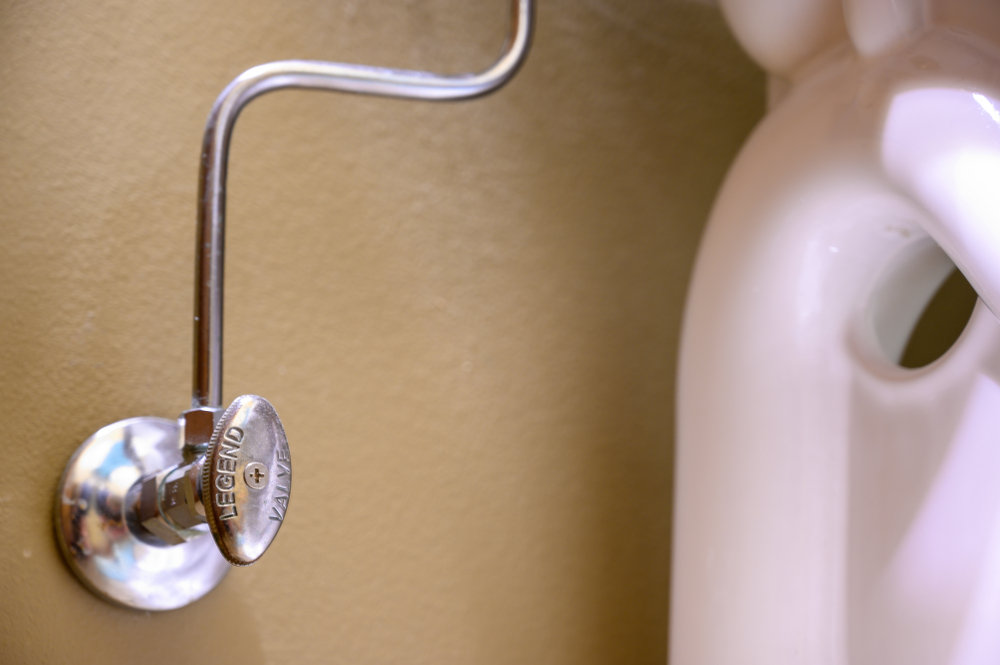
Step 2: Prep the Area
Next, you’ll want to protect your bathroom floor by laying down some old towels or newspaper around the base of the toilet. This will help prevent any water or mess from spreading.
Step 3: Use the Plunger
Now it’s time to start using the plunger. Place the plunger over the hole in the bottom of the toilet bowl and make sure it creates a tight seal. Then, push down and pull up on the plunger in a rapid motion. Do this several times, and then flush the toilet to see if the clog has been removed. If not, repeat the process.

Step 4: Use a Toilet Auger
If the plunger doesn’t work, it’s time to try a toilet auger. Insert the auger into the toilet bowl and twist the handle to break up any clogs. Once you’ve done this, flush the toilet to see if the clog has been removed. If not, repeat the process.
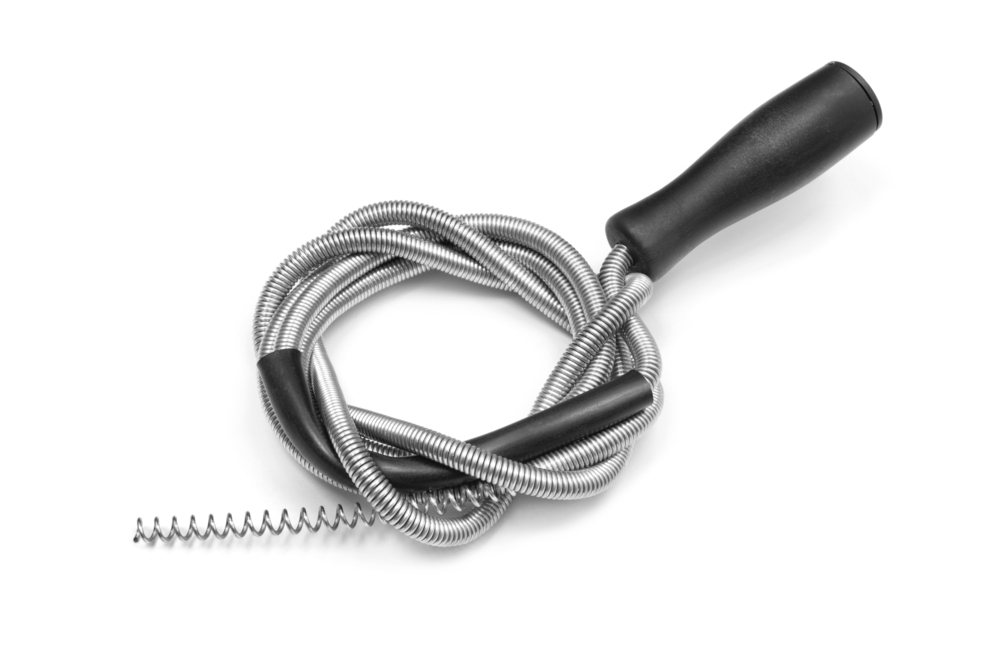
Step 5: Call a Professional
If you’ve tried the plunger and toilet auger and the clog still won’t budge, it’s time to call HPG Solutions, your local trusted plumbers. We have the necessary tools and expertise to locate and remove your clog.

Tips for Preventing Toilet Clogs
Of course, the best way to deal with toilet clogs is to prevent them from happening in the first place. Here are some tips for keeping your toilet running smoothly:
- Only flush toilet paper and human waste down the toilet.
- Use a plunger regularly to prevent buildup.
- Consider using toilet paper designed explicitly for low-flow toilets.
- Install a water softener if you have hard water.
FAQs
What should I do if the toilet is overflowing?
If your toilet is overflowing, turn off the water supply and use a plunger or toilet auger to remove the clog. If neither of these methods work, call a professional plumber.
How can I prevent toilet clogs in the future?
To prevent toilet clogs, only flush toilet paper and human waste down the toilet, use a plunger regularly to prevent buildup, and consider using toilet paper designed explicitly for low-flow toilets
What is a toilet auger?
A toilet auger, or plumbing snake, is a long, flexible tool that can help you break up and remove clogs in your pipes.
Conclusion
Dealing with a clogged toilet is never fun, but with the right tools and techniques, it doesn’t have to be a nightmare. By following the steps outlined in this guide and preventing clogs in the future, you can keep your toilet running smoothly and avoid any unpleasant surprises. If you experience blocked drains, blocked toilets, leaking toilets, blocked kitchen sink drains or outdoor drains, call HPG Solutions right away.
